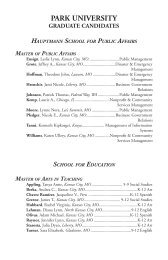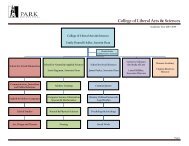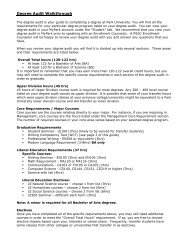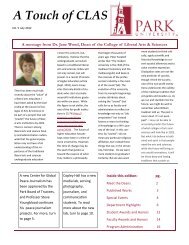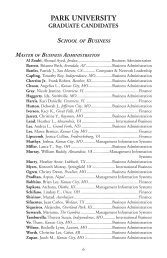How to Write a Radio Serial Drama for Social Development- PDF
How to Write a Radio Serial Drama for Social Development- PDF
How to Write a Radio Serial Drama for Social Development- PDF
Create successful ePaper yourself
Turn your PDF publications into a flip-book with our unique Google optimized e-Paper software.
212 Glossary<br />
music<br />
narra<strong>to</strong>r<br />
non-characters<br />
P Process<br />
parasocial interaction<br />
persuasion theory<br />
pilot programs<br />
PLR<br />
plot<br />
plot chart<br />
producer<br />
program manager<br />
Music should be used carefully in radio programs so that it does not interfere<br />
with or contradict the dialogue. (Chapter 7)<br />
A person who tells a s<strong>to</strong>ry; frequently used at the beginning of a radio serial <strong>to</strong><br />
remind the listeners of what happened in the previous episode and at the end <strong>to</strong><br />
encourage listeners <strong>to</strong> tune in again next time. (Chapter 6)<br />
People who appear in a radio program but are not characters in the drama, such<br />
as the host and narra<strong>to</strong>r. (Chapter 6)<br />
A diagrammatic representation of the necessary steps in preparing and<br />
implementing a successful communication project <strong>for</strong> development. (Chapter 1)<br />
Audience members behave as if fictional characters were real people, talking back<br />
<strong>to</strong> them during the broadcast or sending them letters and gifts. (Prologue and<br />
Chapter 9)<br />
Communication theory that states that psychological characteristics (such as<br />
knowledge, attitudes, and preferences) affect a person’s perception of and<br />
response <strong>to</strong> messages. (Prologue)<br />
Programs created be<strong>for</strong>e regular scripting begins in order <strong>to</strong> test <strong>for</strong>mat,<br />
characters, and message presentation on a sample of the audience. (Chapter 10)<br />
Abbreviation of “pause <strong>for</strong> listener response;” indicates a moment’s silence <strong>to</strong> give<br />
listeners time <strong>to</strong> respond <strong>to</strong> an interactive question. (Chapter 9)<br />
The chain of events and web of personal relationships that make up a s<strong>to</strong>ry or<br />
drama. (Chapter 3)<br />
A chart that keeps track of events that must be referred <strong>to</strong> more than once during<br />
a s<strong>to</strong>ry. The chart shows which episode first mentions an event and which<br />
episodes should bring the matter up again. (Chapter 8)<br />
The person who manages and oversees all aspects of a media project, including<br />
finances, staff hiring, office procedures, and time lines. Also known as the<br />
program manager (see program manager, below). May be used interchangeably<br />
with direc<strong>to</strong>r in some countries (see direc<strong>to</strong>r, above).<br />
The person in overall charge of a radio series; sometimes called the Executive<br />
Producer or Program Direc<strong>to</strong>r; see producer above. (Chapter 2)<br />
pro-social Contributes <strong>to</strong> the welfare of a society or community. (Chapter 1)<br />
purpose<br />
real time<br />
reasoned action, theory of<br />
resolution<br />
role model<br />
Reason(s) <strong>for</strong> undertaking a project; the approach the project will take <strong>to</strong><br />
encourage the audience <strong>to</strong> adopt new behaviors. Chapter 2)<br />
The idea that the action within a scene should occupy the same length of time<br />
that the scene takes <strong>to</strong> broadcast. (Chapter 6)<br />
Communication theory that states that people carefully weigh the benefits and<br />
disadvantages of a new behavior and perceived social norms be<strong>for</strong>e adopting it.<br />
(Prologue)<br />
The part of a s<strong>to</strong>ry following the crisis which shows how the crisis is overcome.<br />
(Chapter 3)<br />
Real person or fictional character who demonstrates new behaviors and whom<br />
others choose <strong>to</strong> copy. (Prologue and Chapter )





